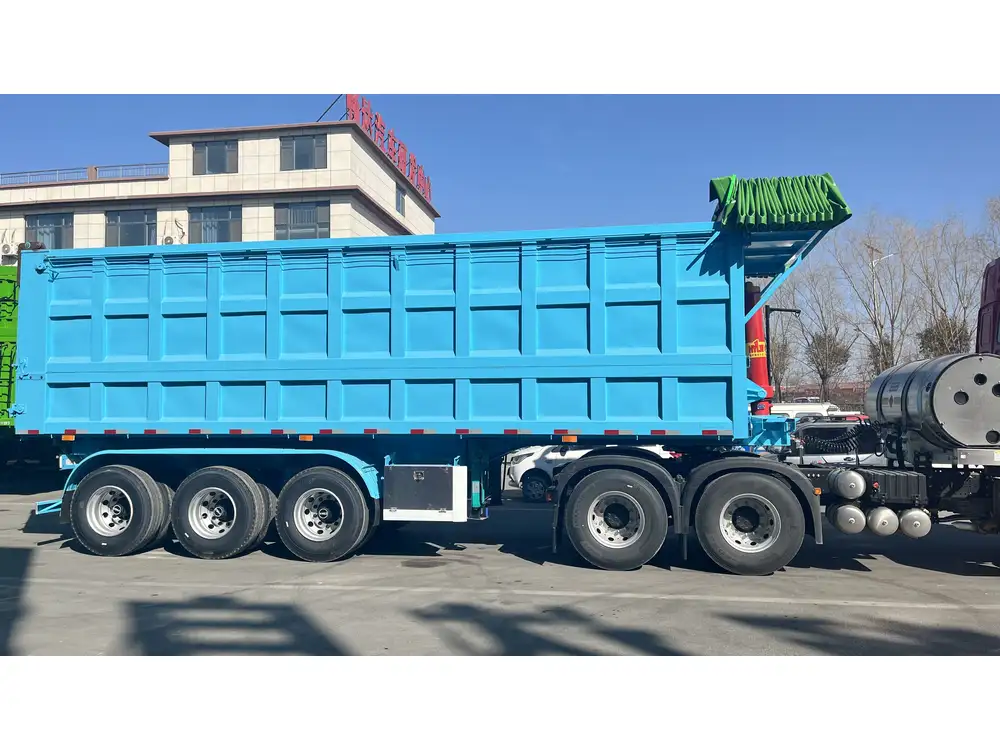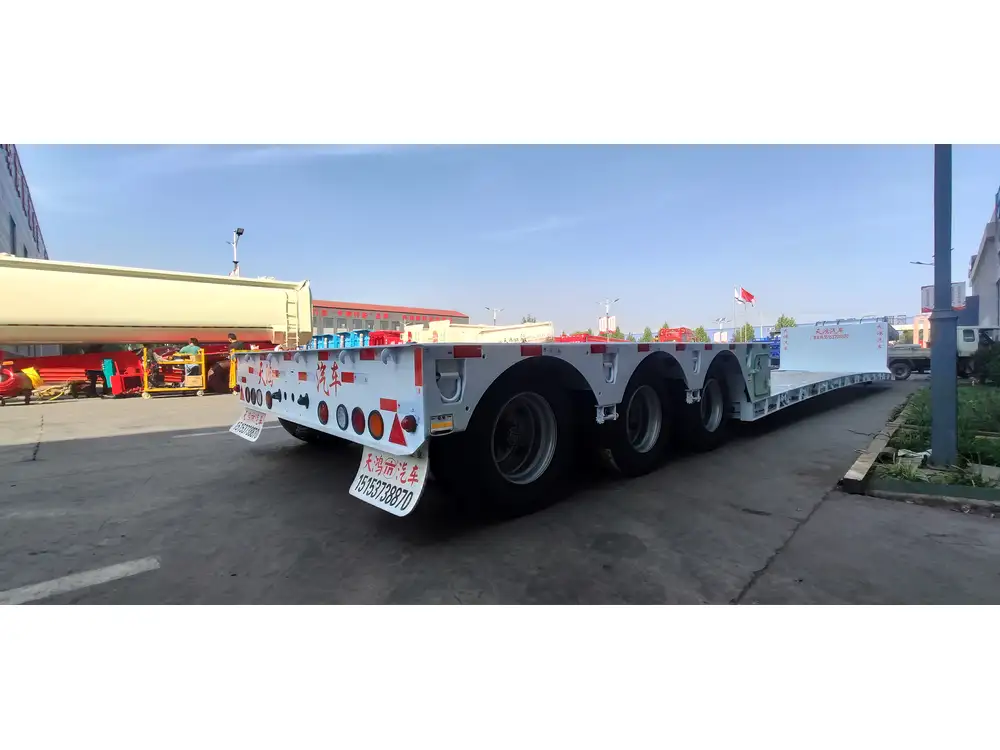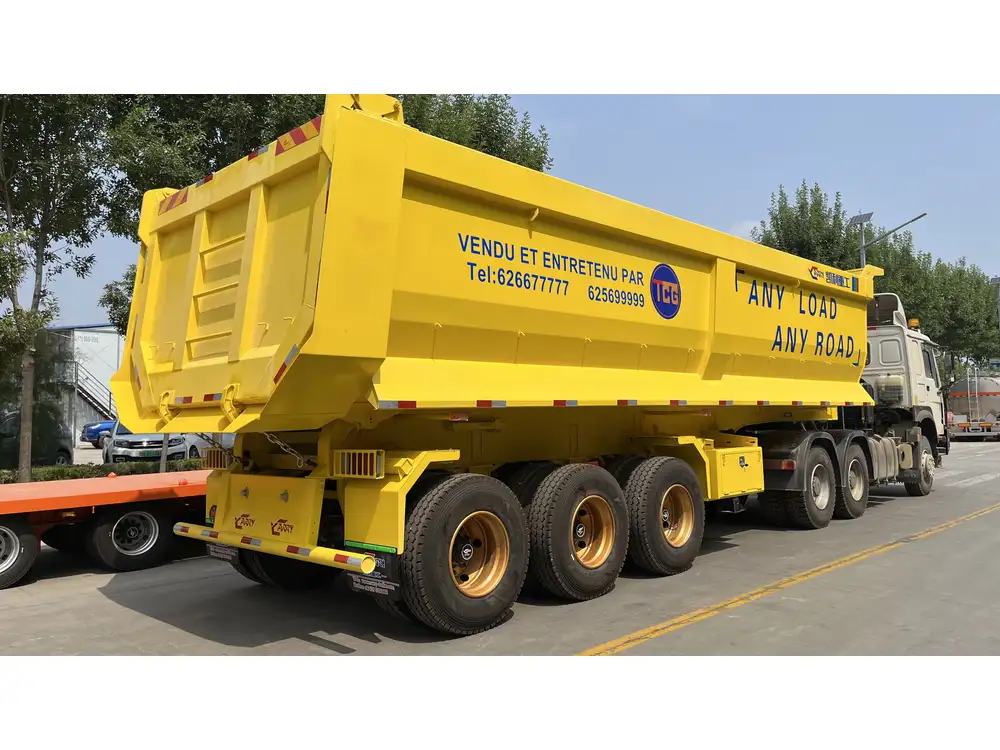In the world of heavy-duty trucking, understanding the specifications and configurations of vehicles is paramount. Among the many queries that arise, one that stands out significantly is “how many tires on a semi truck without a trailer?” This question, seemingly simple, leads to a wealth of insights regarding vehicle design, functionality, and the intricacies of the trucking industry.
The Basics of a Semi Truck
A semi truck, also referred to as a tractor unit, forms the front part of a combination vehicle designed to pull a trailer. It is crucial to distinguish between the truck itself and the trailers it can haul. The primary function of a semi truck is to provide power and maneuverability, and the number of tires is directly related to its design and operational requirements.
Standard Tire Configuration for Semi Trucks
Most commonly, a standard semi truck without a trailer is equipped with a specific tire configuration:
- Front Axle: Typically equipped with two tires. These are found on the front axle, which steers the vehicle.
- Rear Axles: Generally, a semi truck will have either two or three rear axles, depending on its design and intended use. Each rear axle typically has four tires, leading to a total of eight to twelve tires for a standard semi truck without a trailer.
| Axle Type | Number of Tires |
|---|---|
| Front Axle | 2 |
| Rear Axle (2) | 4 x 2 = 8 |
| Rear Axle (3) | 4 x 3 = 12 |
| Total Tires | 8 or 12 |

Configurations Based on Use
The number of tires can vary based on the truck’s specific use and manufacturing choices. Let’s explore some common configurations that semi trucks might exhibit:
Two-Axle Semi Trucks: Primarily designed for less intensive loads, featuring two axles: one front and one rear. Standard configuration is 10 tires (2 front, 8 rear).
Three-Axle Semi Trucks: Often employed for heavier loads, a three-axle semi truck generally includes added stability and tire distribution. This configuration can total 12 tires (2 front, 10 rear).
Specialty Configurations: Trucks designed for specialized tasks such as heavy hauling or off-road capabilities can have additional axles. These will typically add to the total tire count, providing better weight distribution and traction.
The Role of Tires in Performance and Safety
The significance of tire count extends beyond mere numbers; it factors into performance, safety, and efficiency of the semi truck.
Load Distribution
Proper tire count and configuration assists in effective load distribution. This is vital for maintaining balance, reducing wear on tires, and ensuring compliance with legal weight limits on public roads.

Traction and Stability
Having the optimal number of tires improves traction, particularly in adverse weather conditions. The two front tires help with steering and maneuverability, while the rear tires provide necessary stability and grip during transit.
Maintenance Considerations
More tires can lead to increased maintenance requirements. Regular tire checks, rotations, and replacements are necessary to ensure the vehicle operates safely and efficiently. This attention to maintenance can also prolong tire life and reduce costs over time.
A Closer Look at Tire Types and Specifications
In addition to quantity, the variety of tire types used on semi trucks can have a profound impact on performance. Let’s evaluate the different tire types commonly used in the industry:

Types of Tires Used on Semi Trucks
Steer Tires: Specifically designed for the front axle. These tires have a unique tread pattern that enhances steering responsiveness and traction. They are generally made with softer compounds that improve grip but may wear faster.
Drive Tires: Used on the rear axles, drive tires boast heavier tread patterns to cope with the increased traction requirements. These tires are engineered for durability and can handle the substantial forces exerted during acceleration.
Trailer Tires: Although not applicable when the truck is disconnected from the trailer, understanding their role is crucial. Trailer tires often have a different tread pattern and are built to carry the load evenly without the need for massive traction.
Tire Specifications and Regulatory Compliance
Tire specifications, including size and pressure ratings, are subject to strict regulatory measures. Operators must ensure their vehicles meet all necessary regulations while optimizing them for efficiency.
| Tire Type | Description | Typical Pressure (PSI) |
|---|---|---|
| Steer Tire | Designed for steering and front-end control | 100-120 |
| Drive Tire | Provides traction and heavy load capacity | 90-100 |
| Trailer Tire | Optimized for stability during transport | 80-90 |
Importance of Tire Choice
The choice of tire isn’t solely based on quantity and axles; it also takes into account the operational environment. Trucking companies often analyze specific routes, cargo types, and weather conditions to determine the most effective tire solution for their fleet.

Factors Affecting Tire Count
While the standard counts provide baseline expectations, several factors affect the total number of tires on a semi truck without a trailer.
1. Truck Class and Design
The class of the semi truck can dictate its axle configuration and thereby influence tire count. Higher class trucks designed for heavy hauling tend to have more axles and tires.
2. Regulatory Requirements
Different jurisdictions impose various regulations regarding axle load and overall vehicle configuration. Some areas may have legal limits that will dictate how many tires your vehicle must have to comply with local laws.

3. Load Distribution Needs
Heavy-haulers might require additional axles to distribute weight across more tires, enhancing stability and safety while adhering to legal payload limits.
4. Custom Modifications and Upgrades
Trucking companies often customize their fleets based on specific needs. Adding axles can increase the number of tires, giving the vehicle higher load capacity and increased durability.
Conclusion: Navigating the Tire Landscape
Understanding how many tires are on a semi truck without a trailer isn’t just a matter of counting; it opens the door to discussions about safety, performance, and compliance within the trucking industry. By grasping these nuances, manufacturers, operators, and enthusiasts can make more informed decisions regarding their vehicles. The choice, configuration, and maintenance of tires all play pivotal roles in ensuring that a semi truck operates at peak efficiency.
In summary, the typical semi truck without a trailer will feature between eight and twelve tires, depending on its axle configuration—critical knowledge for anyone involved in or impacted by freight transport. As you explore further into the world of semi trucks, consider the profound implications that tire choices and configurations can have on your operations. Understanding this aspect thoroughly empowers better decision-making, ultimately leading to optimized performance and improved safety on the roads.



